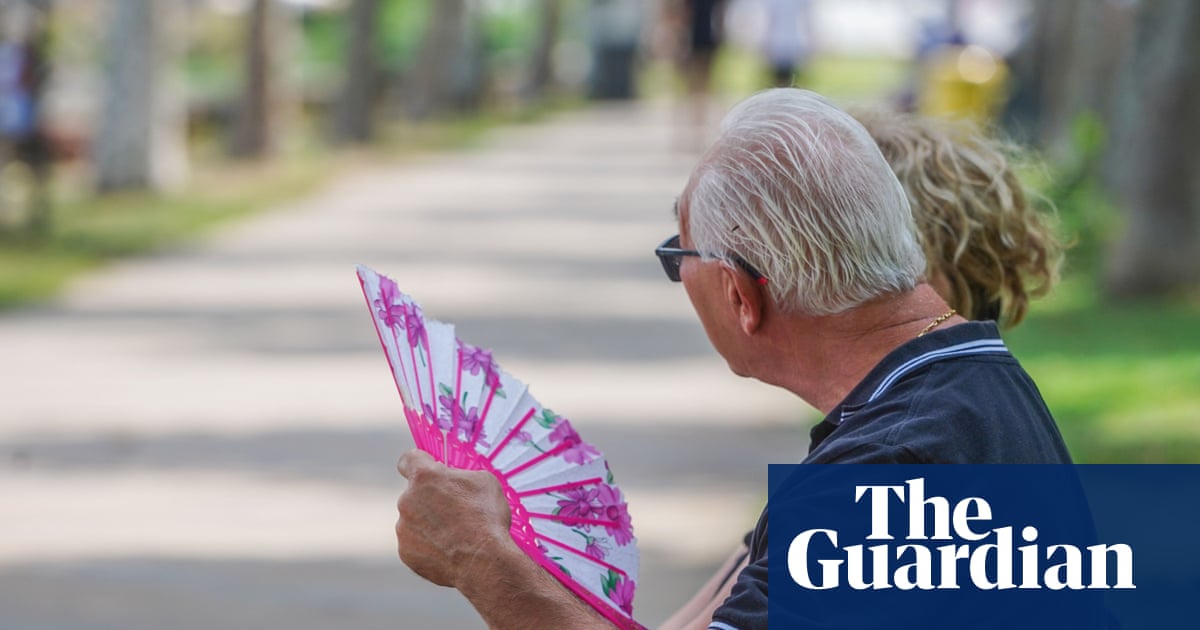Survivor of Air India Crash Sparks Interest and Reflection on Past Tragedies
The tragic story of the sole survivor of an Air India plane crash, which claimed the lives of 241 passengers and crew members, has captivated audiences around the globe. The incident has not only generated significant online interest, but it has also reopened emotional wounds for others who have experienced similar tragedies in their lives. Since the crash occurred on Thursday, search trends have skyrocketed as tens of thousands seek to learn more about Vishwashkumar Ramesh, the lone survivor whose miraculous escape has been described as divine intervention or sheer luck on social media platforms.
Ramesh, in an interview with India’s national broadcaster, expressed his disbelief at being alive after witnessing the horrifying loss of his brother and over 200 others on board. He recounted the harrowing moments leading up to the crash: “The aircraft seemed to become stuck immediately after takeoff. The lights then came on, and right after that it accelerated but seemed unable to gain height before it crashed.” Ramesh described the terrifying experience of his seat being part of the plane that fell onto the ground floor of a nearby building. Remarkably, he found a way to escape when the door broke open, unfastened his seat belt, and forced himself out. “When I opened my eyes, I realized I was alive,” he reflected, emphasizing the surreal nature of his survival amidst such tragedy.
The phenomenon of being the sole survivor of a catastrophic plane crash is not unprecedented. George Lamson Jr., who survived a Galaxy Airlines crash over 40 years ago, shared his sentiments regarding the emotional toll that such stories take on those who have lived through similar experiences. While Lamson did not respond directly to inquiries from the Associated Press this week, he took to social media to express his thoughts. He noted that there exists an unspoken bond among sole survivors, one that brings comfort even in dark times. “My heart goes out to the survivor in India and to all the families waking up to loss today,” Lamson wrote, acknowledging the deeper emotional impacts beyond the headlines that such tragedies create.
The weight of survivor’s guilt is a common theme among those who have survived such incidents. Jim Polehinke, co-pilot of a Comair flight that crashed in Kentucky in 2006, shared his profound sense of responsibility and sorrow for the passengers he could not save. Despite being told by investigators that his personal conversation with the pilot likely did not contribute to the crash, Polehinke still grapples with the haunting memories of that day. “I don’t think there’ll ever be a time that maybe I can forgive myself,” he lamented, hoping that peace and comfort could eventually find their way to the families affected by such tragedies.
Cecilia Crocker, also a sole survivor from a tragic 1987 plane crash, carries her scars visibly and emotionally. With an airplane tattoo on her wrist, she reflects daily on her past, feeling that her survival was a matter of being “in the right place at the right time.” She, too, believes that her survival has a purpose, echoing Lamson’s sentiments on the matter. At just four years old, Crocker lost her parents and brother in the Northwest Airlines Flight 255 tragedy, which was attributed to crew errors in setting the wing flaps properly. The investigation into the recent Air India crash has similarly raised questions about potential mechanical failures, as aviation experts analyze video footage and data extracted from the flight recorder to determine the cause of this devastating event.
As the investigations continue and the world processes the tragedy of the Air India crash, the stories of these survivors serve as poignant reminders of the profound impacts of loss and the complex emotions that arise in the aftermath of such catastrophic events.





























